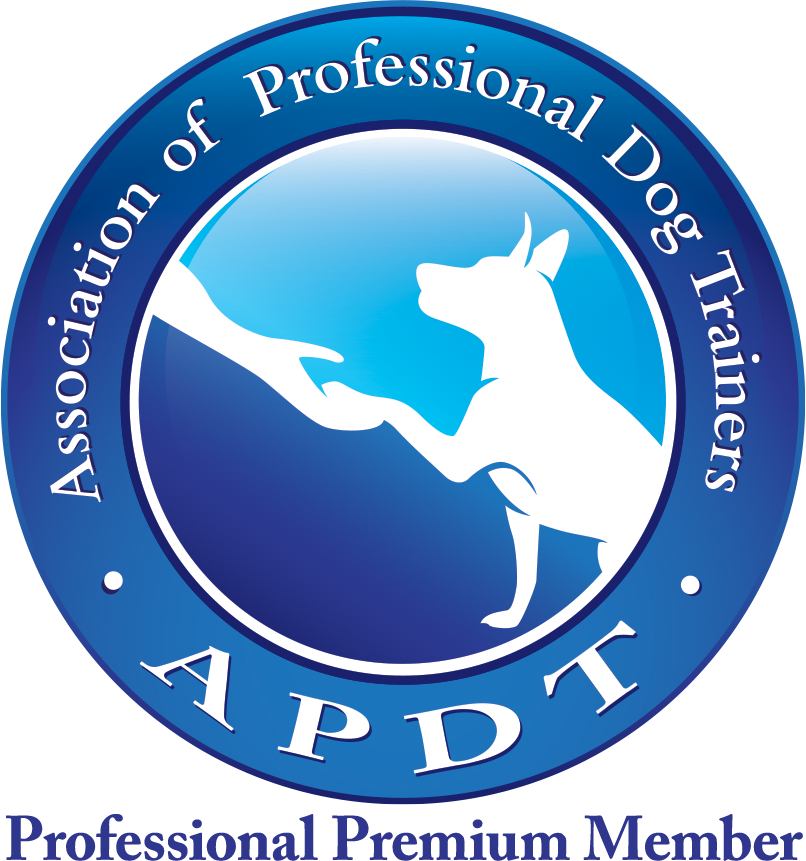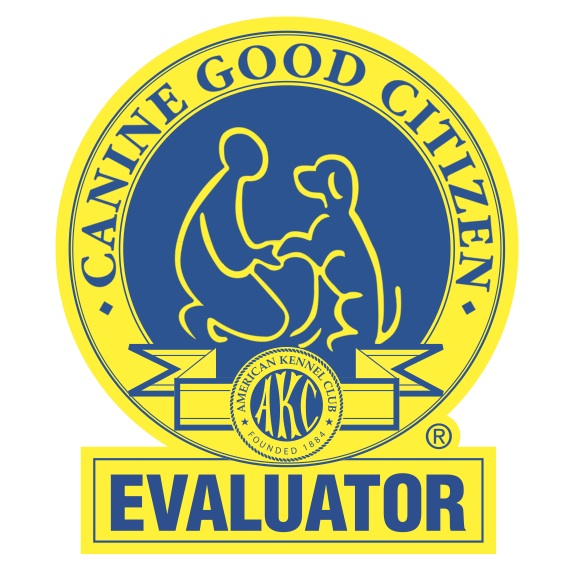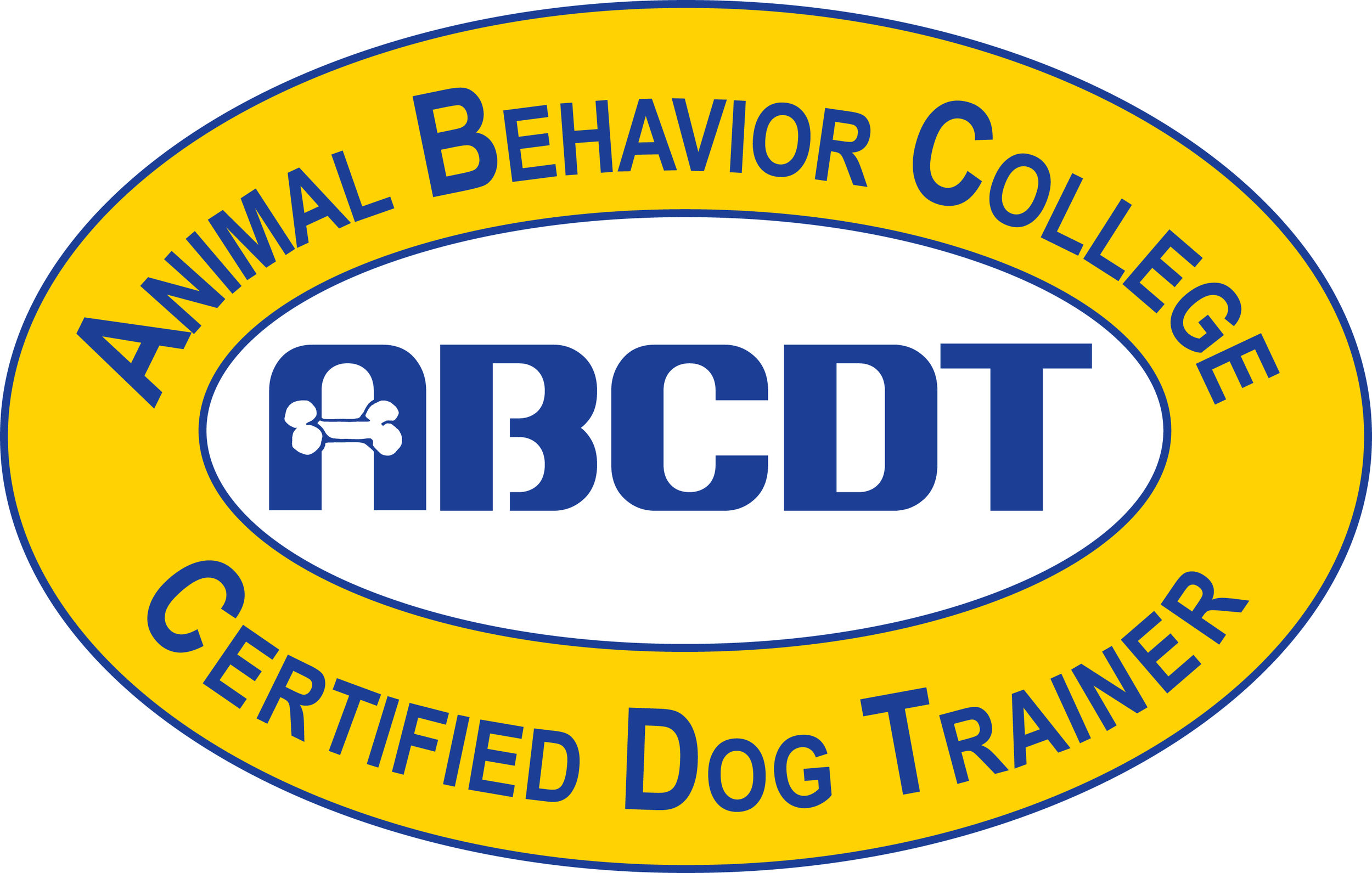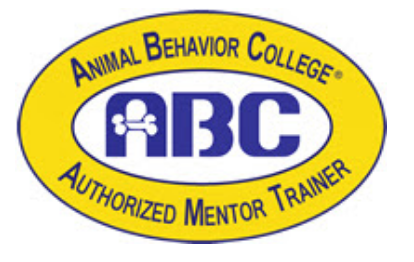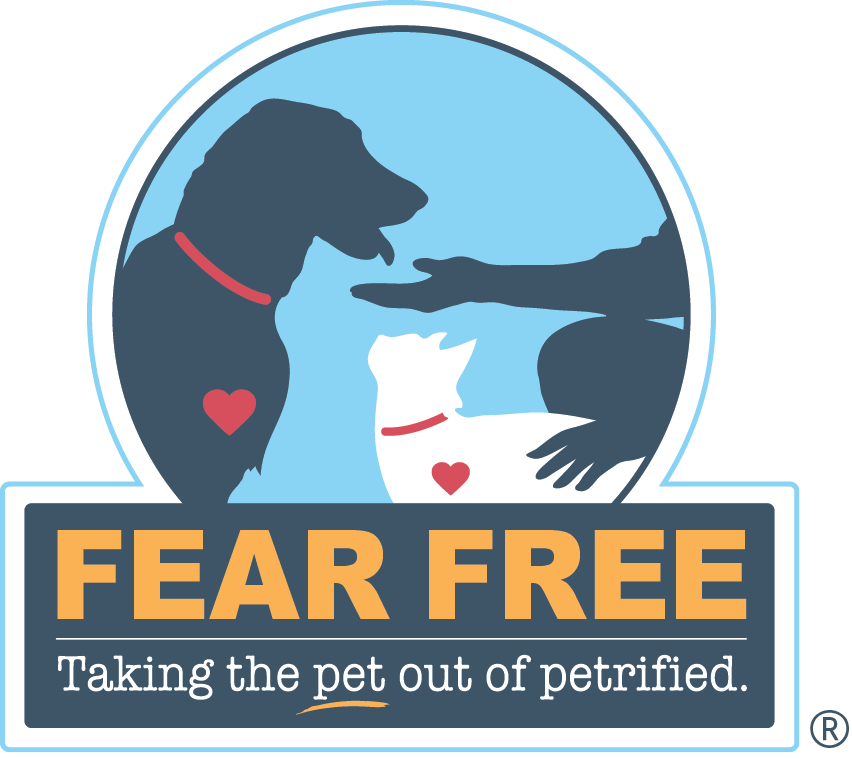Tenacious Tripaws
/A World of Dogs
Tenacious Tripaws
A common reaction when people see a three-legged dog is sympathy (“Poor thing…”), or admiration. (“What a brave pooch!”). Both are understandable. For humans, amputation can involve complex psychological and emotional issues. For dogs? Less so. Dogs have no notion of body image, no mental image of what they are supposed to look like. What they care about falls into two major categories: One, whether they are in pain. Two, whether they can do things they love: go for walks, play with toys, eat yummy food, get belly rubs, snuggle on the couch, etc. A pain-free, well-fed dog with a loving home doesn’t give a hoot that her daily walk happens in the characteristic tripaw hop instead of a four-legged lope.
Amputee dogs, often called tripaws or tripods, generally lose a limb either as a result of an accident or as a means to prevent cancer from spreading. In rarer cases, a congenital deformity makes the leg nonfunctional. The number one cause is canine osteosarcoma, or bone cancer, an aggressive disease that can rapidly spread into other parts of the dog’s body. Treatment for this kind of tumor is limited to surgical removal and chemotherapy, and the prognosis is often dire. Radical as it may sound, amputation is usually the best option. Many tripaws go on to live normal life spans after surgery. Because dogs carry about 60 percent of their weight up front, losing a hind leg is easier than losing a front leg. But front-leg amputees adapt too. Even dogs with moderate arthritis can do well on three legs.
Guardians of amputee dogs can also do a lot to make the transition easier. A tripaw-friendly home has non-slip surfacing on stairs and floors, as well as ramps for climbing up on sofas and into cars. A harness with a handle the human can hold can help dogs navigate difficult stairs and uneven ground. Walking on softer surfaces, such as grass, while out and about can put less stress on remaining joints. And a whole range of fitness gear has been developed to help tripaws strengthen their remaining limbs and improve their balance. For the rest of us, encountering tripaws out and about? Love them up like nothing has changed, because, to them, nothing that truly matters has.
Personal story:
My first dog as an adult was a Collie mix named “Mooch.” I found her roaming the streets one evening and since I was unable to find her original owner, she became mine. I quickly learned that Mooch loved to dart out the door to explore the neighborhood, which is most likely what she had done when I had found her. Each time she escaped, she was of course was very difficult to catch. One day she dug underneath our backyard fence to get to our neighbor’s new Rottweiler puppies. Mooch was a sweet girl, so I am sure she just wanted to lick and kiss them. The puppies protective mamma however did not care and immediately attacked Mooch. Unfortunately, Mooch was badly hurt and had to have a back leg amputated making her a tripod.
A few months later I took Mooch out front with me off leash. I naively thought that with three legs she would no longer want to run and explore. Even if she tried, I figured I could easily catch her. I was 7 months pregnant at the time and anticipated she would only be able to hobble. Surely I would be faster I thought. Boy was I wrong! The door opened…Mooch calmly walked out,….and ran like the wind!! She was down the road before I even got to the end of the driveway! That was the last time I underestimated that three legged girl.
Even with three legs, Mooch went on to live a long and healthy life. Throughout her life she never seemed to notice that she was one leg short. She was able to go for long walks, play with other dogs, get onto the sofa, climb in and out of vehicles, and so much more. She always lived in the moment and never seemed to notice that she was a tripod. So for her, nothing had changed. She always lived her best life, on leash when out front though! :)



